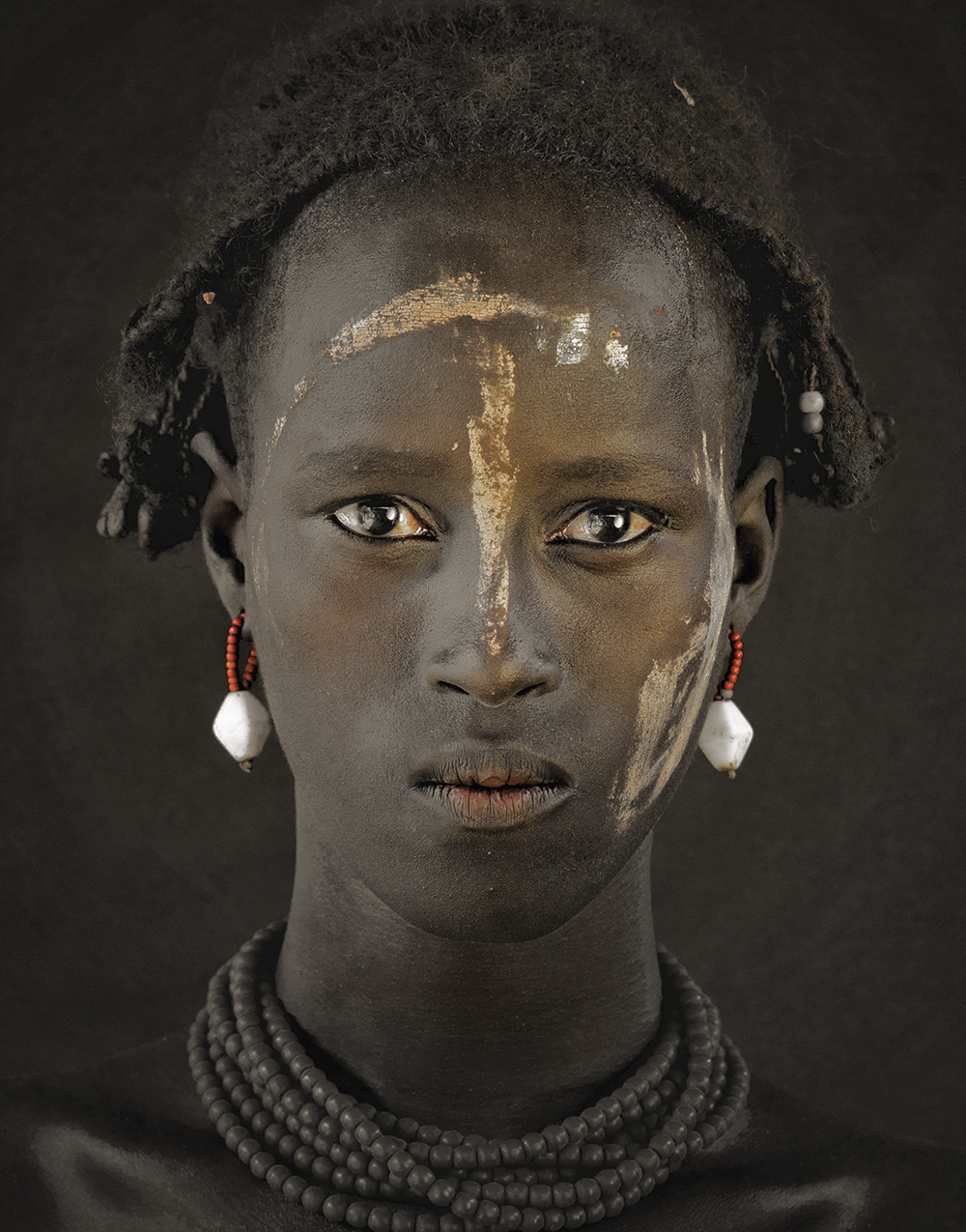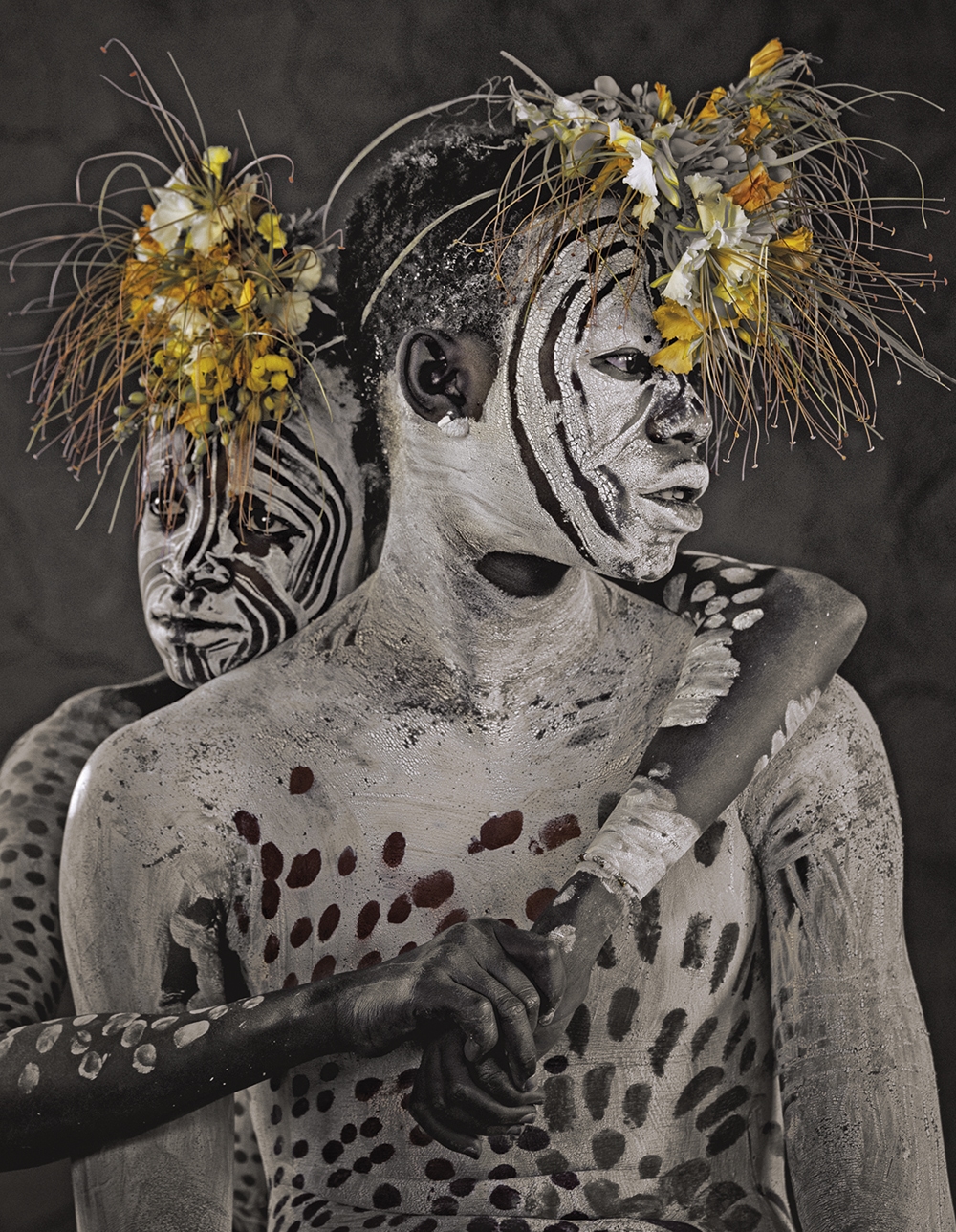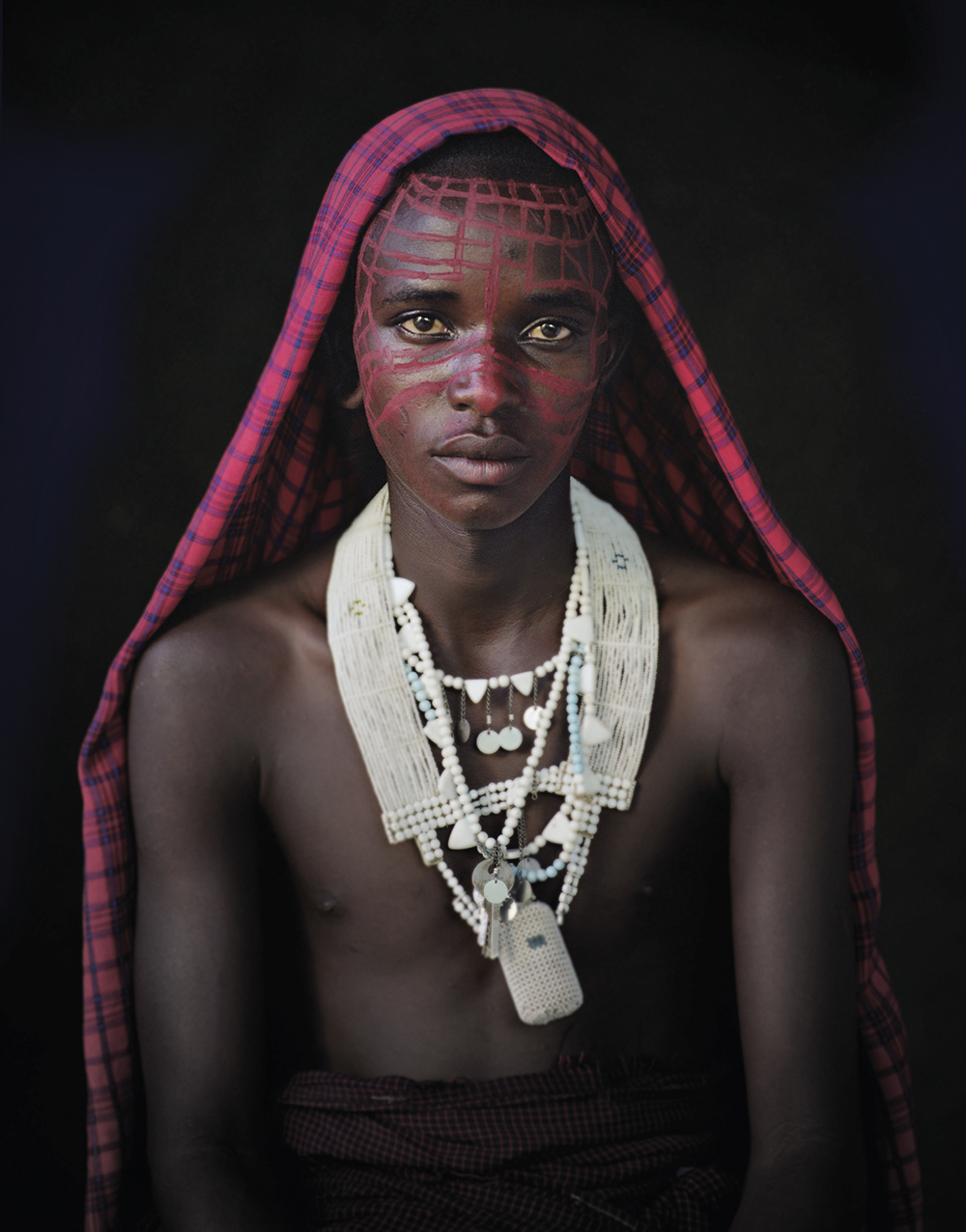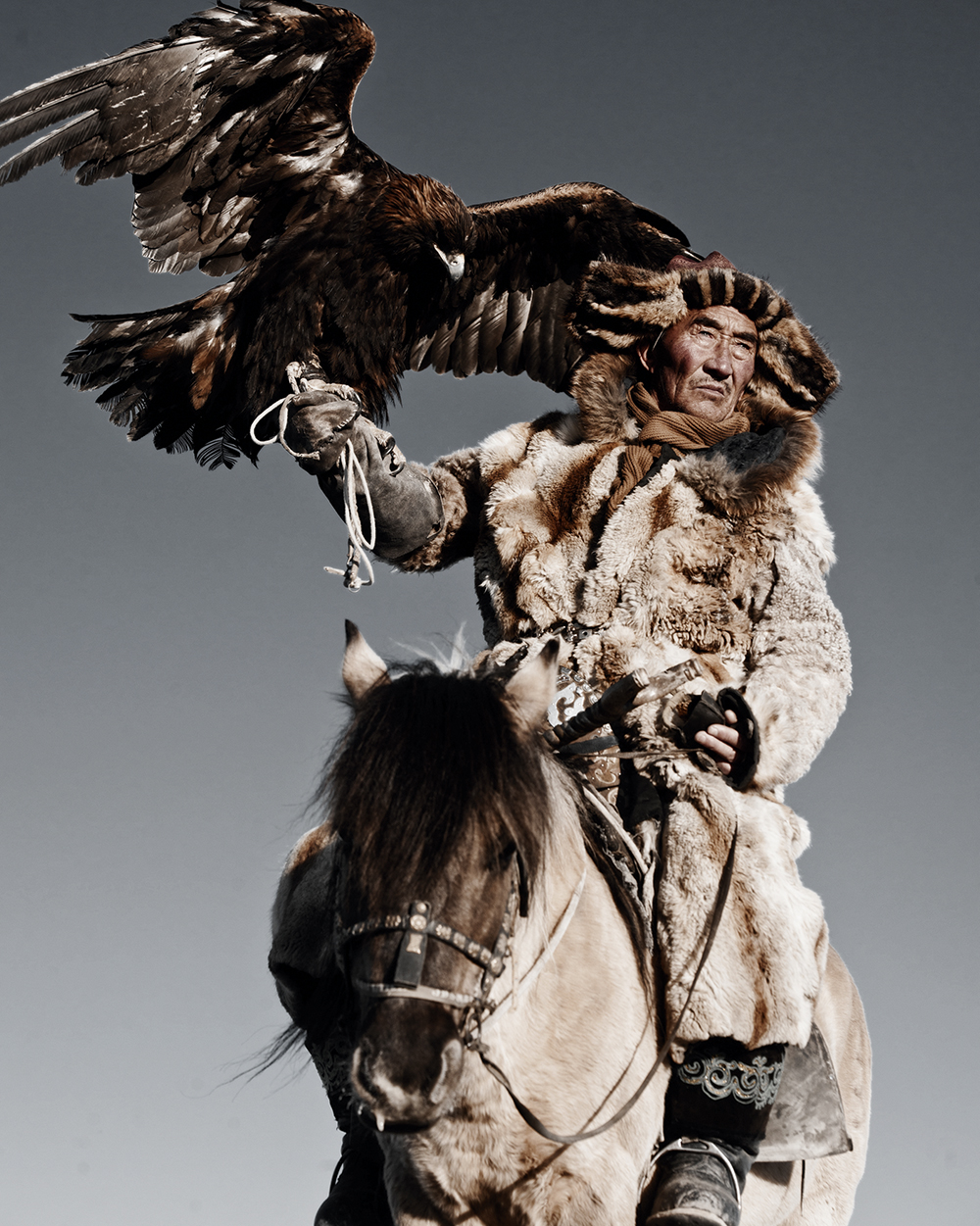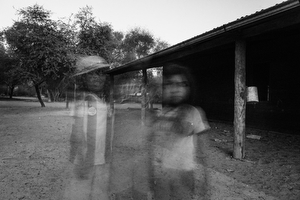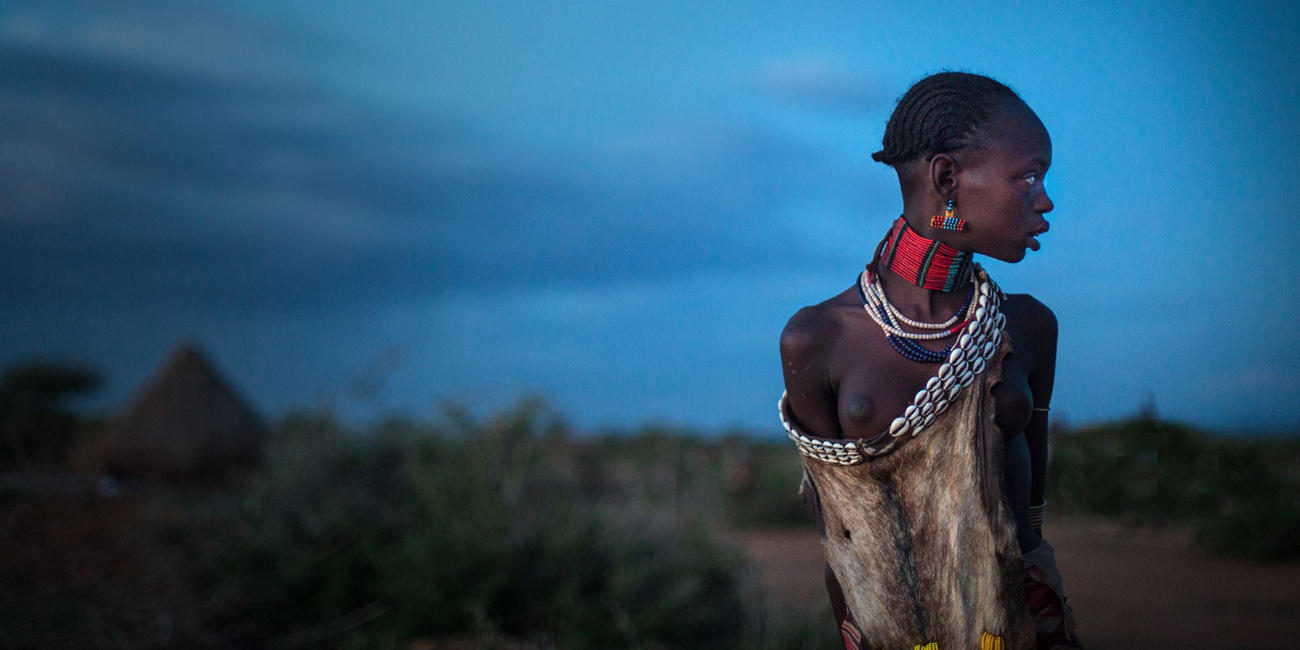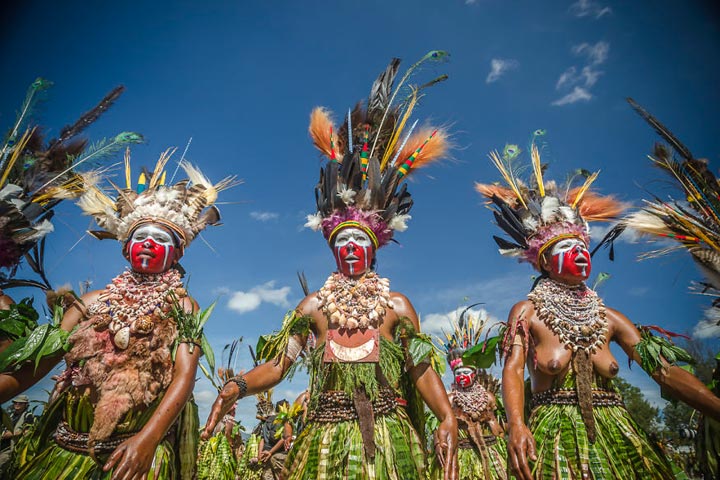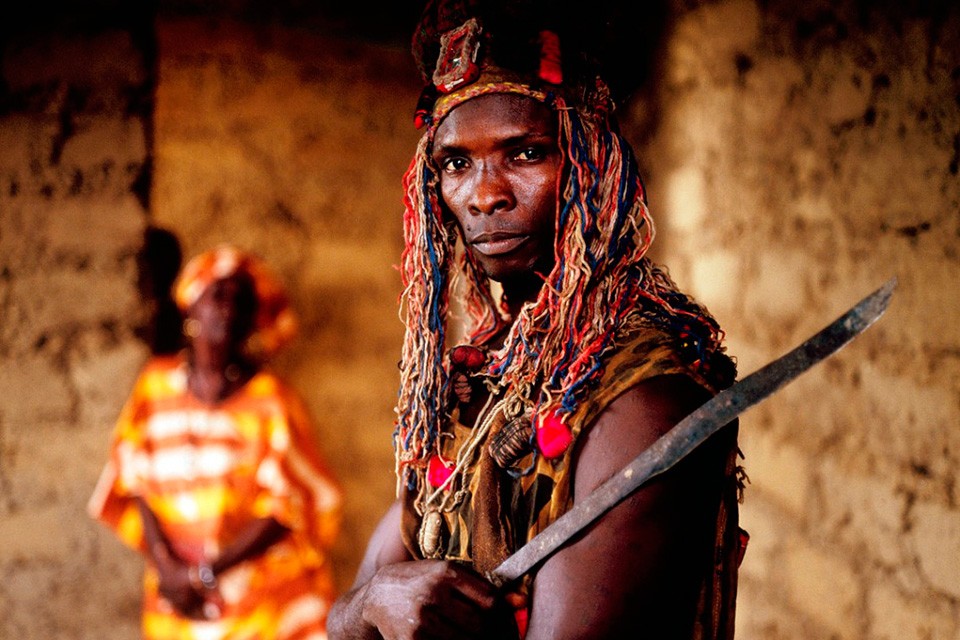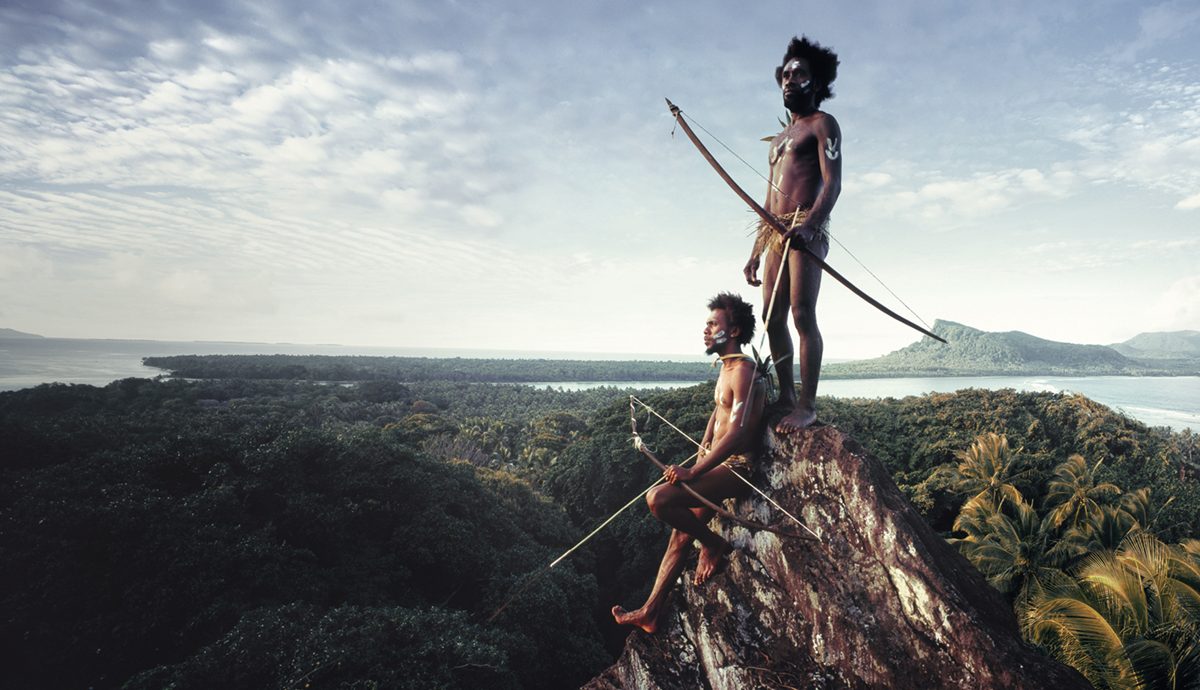
Before They Pass Away: People from the Vanishing Tribes in Jimmy Nelson’s Project

Jimmy Nelson is a British photographer, whose career started when as a teenager he abandoned plans to go to university and went on a year’s journey to Tibet. He worked as a photojournalist in Afghanistan, Pakistan, El Salvador, Nicaragua and former Yugoslavia. For over a decade he worked as a commercial photographer in Amsterdam. In 2010, he went back into the ‘wild’ world in search of ancient civilizations. This resulted in the project ‘Before They Pass Away’, which took 4 years to complete. Currently, the photographer is in Papua, Indonesia developing the project.
— For as long as I can remember, I have traveled the world. My father worked for a major oil company and by the time I was seven, I had seen more countries than most people get to visit in a lifetime. From a very early age, I was made aware of the rapid changes happening around the world. Countries that, not so long ago, were considered developing nations are now among the world’s wealthiest. It’s inevitable that such rapid progress in affluence and technology ultimately reaches those cultures that, up until now, have managed to preserve their own identity and values. And when it does, their longstanding traditions will gradually disappear.
I cannot stop change from happening but at least I can create a visual document that reminds us, and the generations after us, of the beauty of pure and honest living.
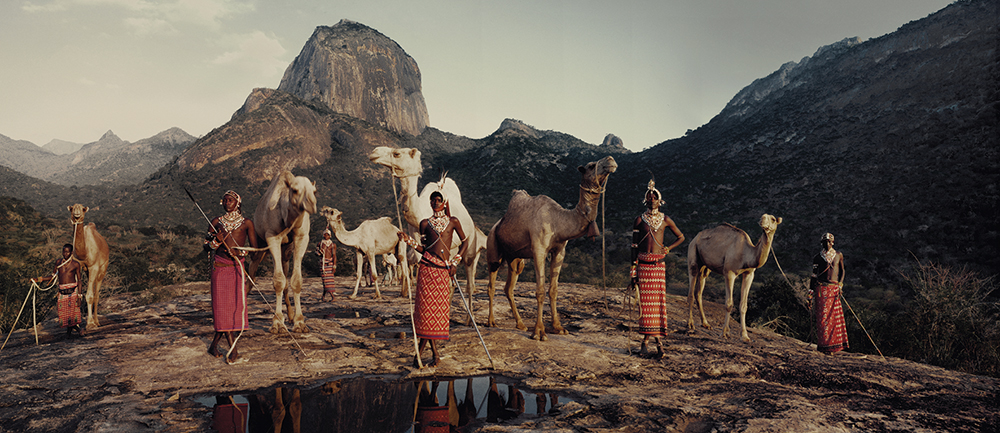
The most important lesson I learned was that in order to connect to any kind of people in any situation you need to let go of all your arrogance. As with all relationships in life, the key to profoundly connect with someone is trust. Only when one is stripped of wealth, class, color and culture disparities, true humanistic communication can start flowing.
There is a pure beauty in their goals and family ties, their belief in gods and nature and their will to do the right thing in order to be taken care of when their time comes. They know what makes them happy and they choose to live that life.
The tribes are all similar in how they live in balance with the environment. That is one of the most outstanding differences between them and the people in the more ‘developed’ world. They have achieved perfect harmony with nature and I have tried to catch that in my photography.
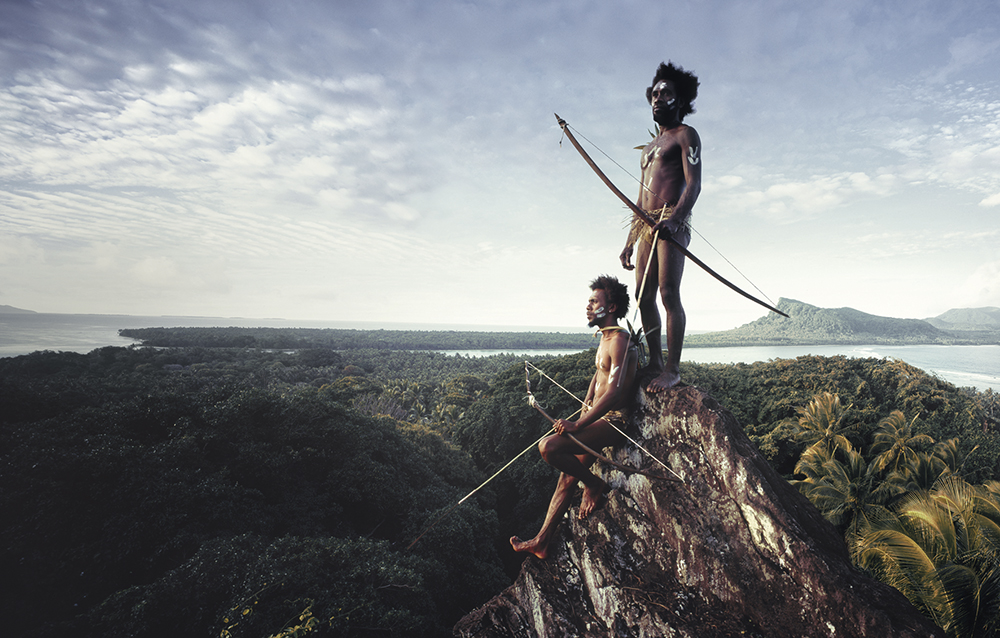
I want to show these tribes that they are already rich. That they have something that money can’t buy. I would like to demonstrate to them that Western modern society is not that pure and inspiring as their own culture and values, and therefore, it is not something to necessarily aspire to. I want to make these tribes realize that their lifestyle is one of much more purity and beauty than ‘ours’; it is free of corruption and greed.
If we could start a global movement that documents and shares images, thoughts and stories about tribal life both old and new, perhaps we could save part of our world’s precious cultural heritage from vanishing. We must try to let them co-exist in these modern times, respecting their habitats, and helping them to pass on their traditions for generations to come.
I have photographed 35 tribes so far, based on aesthetic beauty, geographical location, and the diversity of the nature they live in and I plan to visit and photograph as many tribes as possible in the Middle East, in China, and the Aboriginals in Australia.
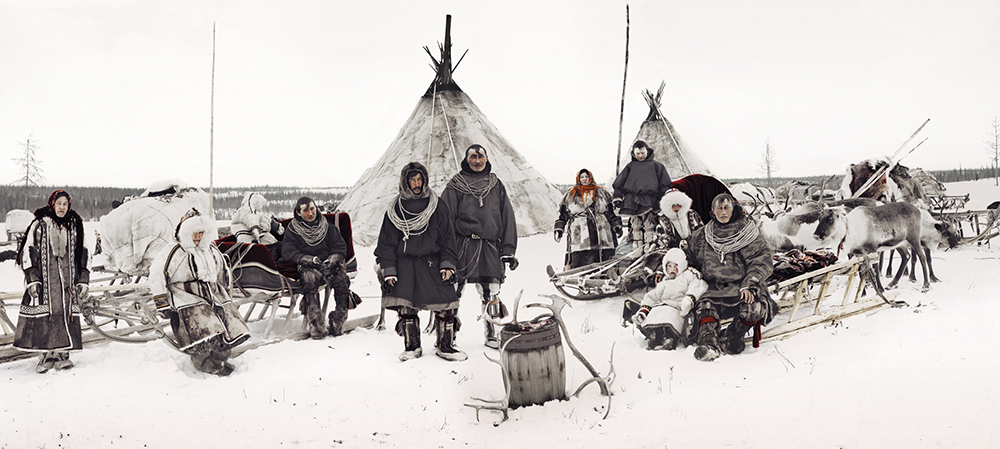
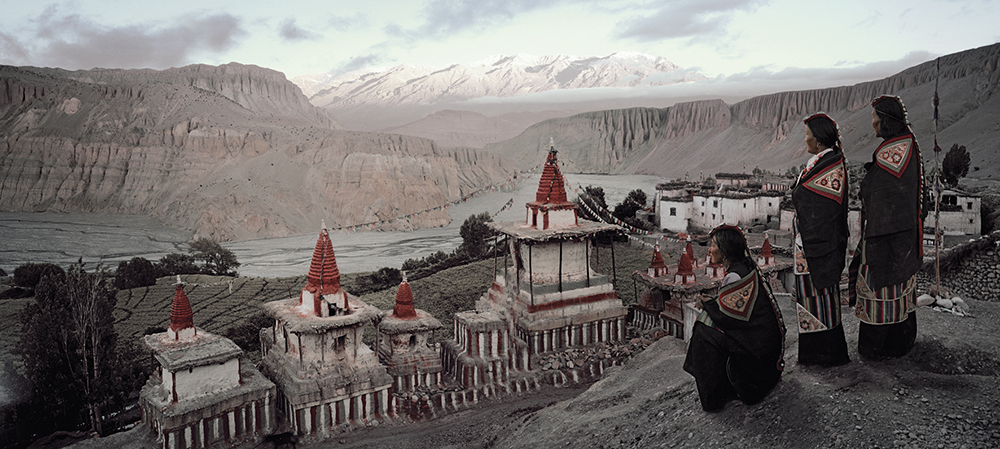
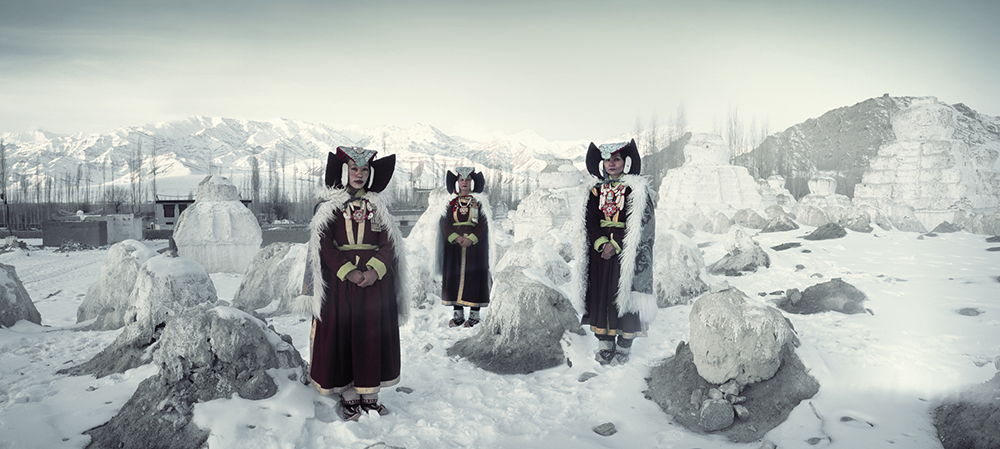
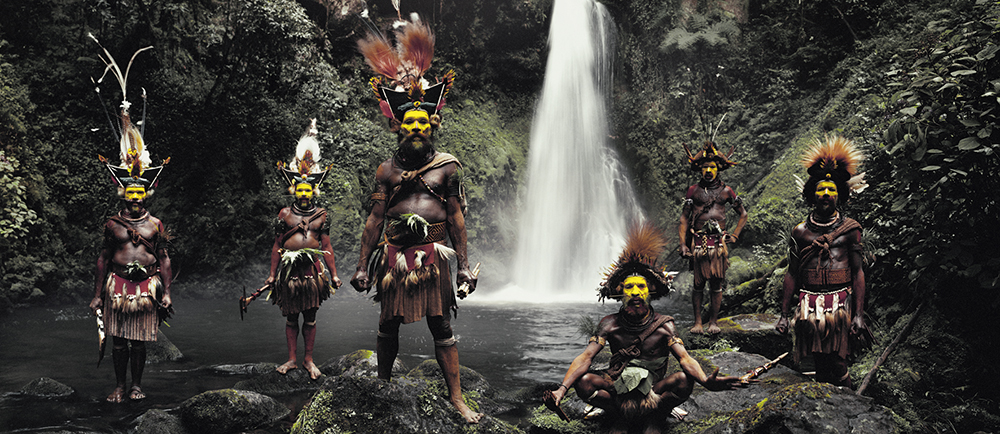
New and best
